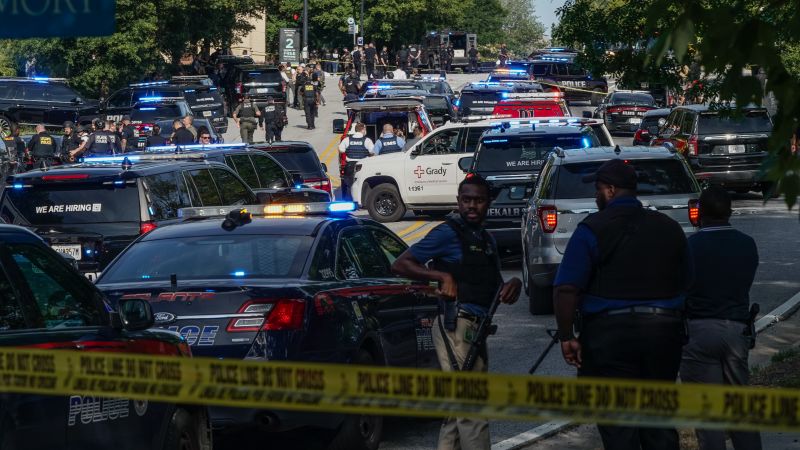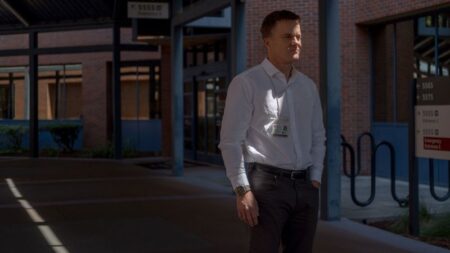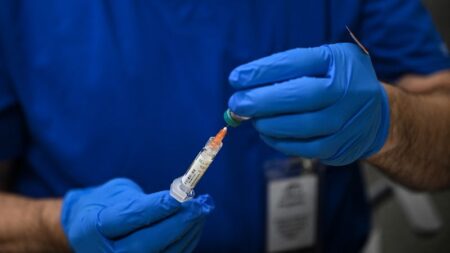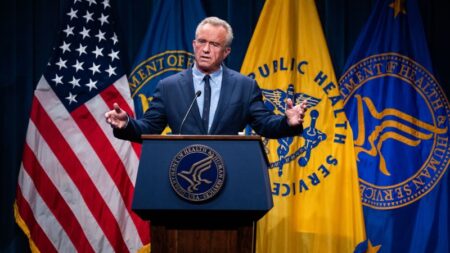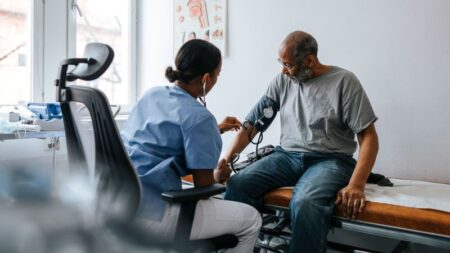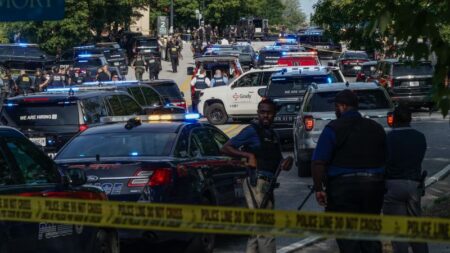On a tragic day marked by violence and fear, the United States Centers for Disease Control and Prevention (CDC) experienced a horrific shooting incident that left the staff and the surrounding community in shock. A 30-year-old man named Patrick Joseph White initiated the shooting from a CVS drugstore across from the main entrance of the CDC, ultimately taking his own life as law enforcement intervened. This disheartening event occurred amid rising tensions surrounding public health, with many pointing to misinformation regarding the COVID-19 vaccine and the impacts of slashed CDC funding as potential contributing factors to White’s intentions.
Investigators tracing the sequence of events disclosed that White had fired numerous rounds aimed at the CDC’s buildings, leading to over 40 bullet holes breaking through the office windows, with bullets narrowly missing employees going about their daily routines. During the lockdown that ensued, police reported that White confronted a police officer and was subsequently shot, although details remained murky regarding whether it was law enforcement or White’s own gunfire that caused his death later found in the CVS store.
In the immediate aftermath, the CDC staff faced an emotional whirlwind, participating in a hastily arranged conference call. Many employees described feeling like “sitting ducks” and relayed the trauma they experienced during the terrifying moments. CDC leaders reassured them that the attack was perceived as targeted and deliberate, and it soon became apparent that the shooter had wrestled with mental health issues leading up to the incident, having reportedly reached out for help but without making explicit threats.
The CDC, a pivotal health organization, has been under scrutiny during a politically charged environment, where public trust has been compromised due to rampant conspiracy theories surrounding the COVID-19 vaccine. Law enforcement sources divulged that investigators believe the shooter’s grievances were directed towards the CDC, blaming his own health concerns on the vaccine. Family members reportedly shared that White had an aggressive distrust toward vaccines, believing they were harmful to him and society at large.
As the CDC grapples with the aftermath of this violent episode, employees are left wrestling with fear, confusion, and anger. Many have expressed their determination to continue their work protecting public health despite the challenges and trauma they have faced. CDC Chief Medical Officer Dr. Debra Houry articulated the feelings of many staff members, expressing both outrage and sadness at the violence they endured. Others, such as Aliki Pappas Weakland, described the inexplicable fear that gripped them during the shooting, recounting her desperate attempts to find safety.
Further complicating the situation is the fact that the CDC has faced deep cuts to its funding in recent years, a move driven by the government’s shifting priorities during and after the Trump administration. These budget cuts have compounded the stress for the agency, which has lost nearly a quarter of its staff since early 2023 due to job uncertainties and funding withdrawal. The implications of these budgetary constraints pose further risks to the efficacy of the agency’s work in safeguarding public health, particularly at a time when misinformation reigns.
Amid this turmoil, the CDC and the wider public health community are striving to navigate these unprecedented challenges. Health officials, including U.S. Health and Human Services Secretary Robert F. Kennedy Jr., have expressed their solidarity with the CDC staff, condemning violence against health workers. Kennedy acknowledged the devastating implications this incident holds not just for the CDC but for the broader effort to maintain public health in an increasingly fraught environment.
As investigations continue and the complexity of the shooter’s motivations unfolds, the CDC community is left to process this traumatic experience, calling attention to the urgent need for increased support for mental health as well as for the vital work they undertake. It serves as both a moment of reflection on the climate in which public health workers operate and a call to action to foster a safer environment for all those committed to the well-being of the American people.






